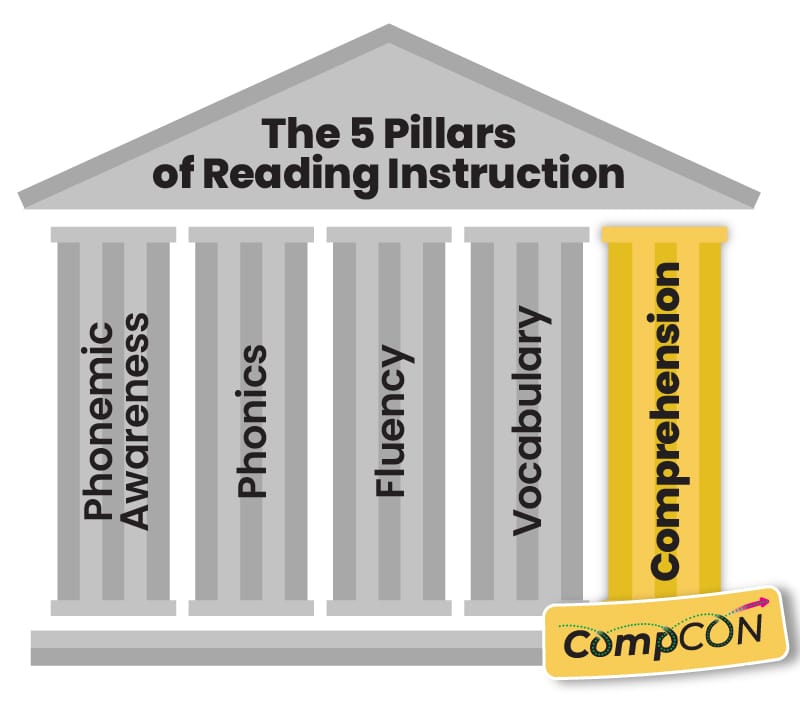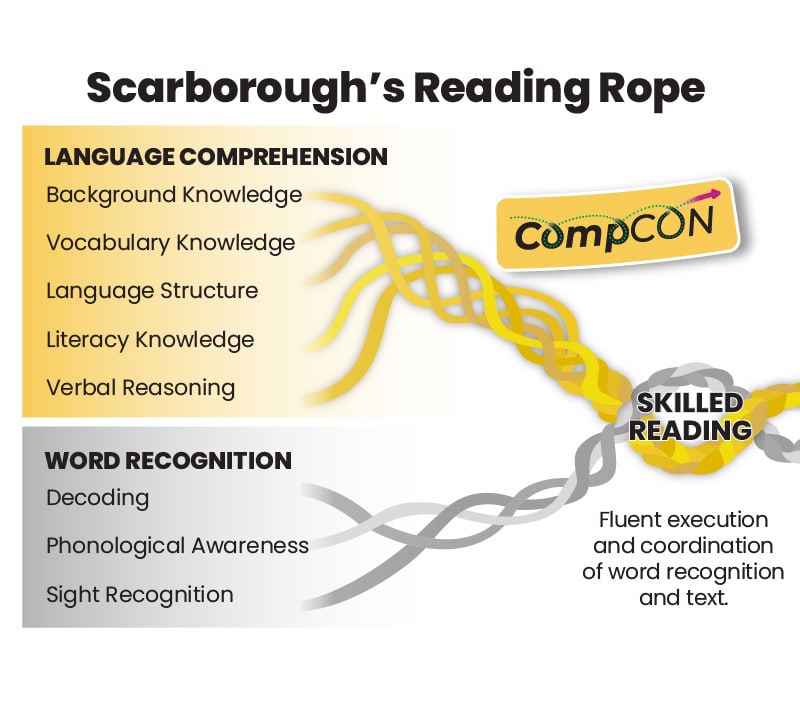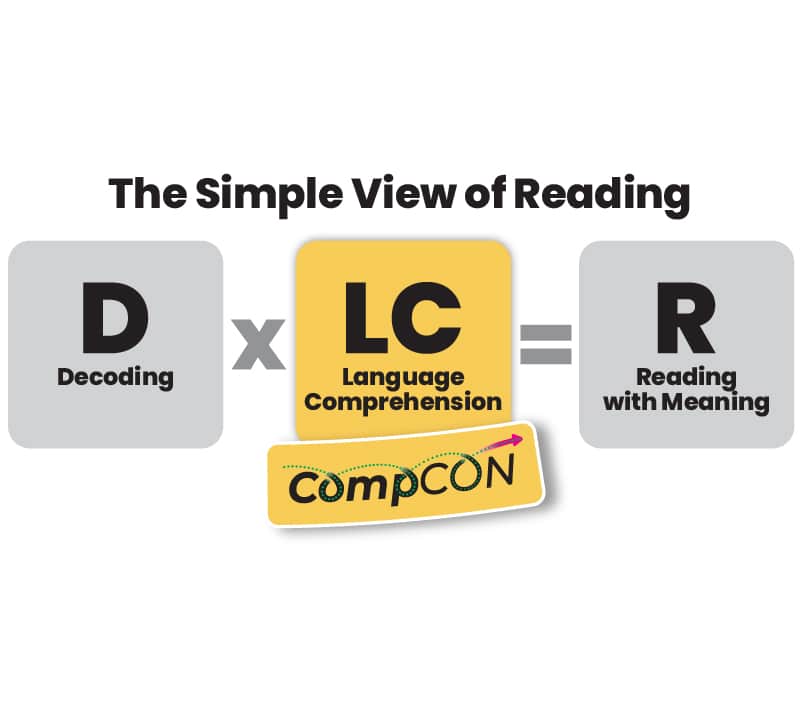Get science of reading support
Group comprehension standards by thinking skills
Whether you teach kindergarten or high school, mapping out a plan for teaching all of the grade-level reading comprehension standards for literature and informational text can be overwhelming. This is illustrated by the fact that these two strands alone represent up to 20 different areas of mastery in the college and career-ready standards.
However, as noted by Calkins, Ehrenworth, and Lehman in Pathways to the Common Core, the skills for reading literature and the skills for reading informational texts are reciprocal.
In other words, readers apply a common set of thinking skills when tackling both types of text. It’s not a matter of reading one way for literature and a different way for informational text.
With that in mind, rather than finding time to teach all the literature and informational text standards in isolation, it makes sense to pair reading comprehension standards together when the skills overlap.
For example, instruction on summarization applies to both literature and informational text. Similarly, teaching students how readers analyze author choices is relevant in both literature and nonfiction. Additionally, the overall comparative thinking process is the same regardless of the genres being compared.
Realizing that reading literature and reading informational text are two sides of the same coin can streamline both your planning and your instruction.
The emphasis shifts away from teaching about a single text or text type. Instead, the focus is on the most important part of reading comprehension instruction—teaching thinking.
How CompCON supports the science of reading
Educational research surrounding the science of reading has heightened the need for teaching phonics and specifically decoding. But, as we know from the research conducted by the National Reading Panel, effective reading instruction requires a combination of direct, explicit teaching of all five pillars of literacy: phonological awareness, phonics, fluency, vocabulary, and comprehension.
While each of these components is important and necessary, CompCON focuses specifically on the pillar of reading comprehension. CompCON attendees spend two days learning practical and engaging lessons to deliver explicit, standards-based comprehension instruction.
Dr. Hollis Scarborough’s iconic Reading Rope reveals the essential strands for reading development. While many science of reading initiatives target the Word Recognition strand of Scarborough’s Reading Rope, CompCON addresses the Language Comprehension strand.
As important as it is that students learn how to decode words, they must simultaneously learn how to think about the words they are reading. This requires whole-class, teacher-led instruction on comprehension skills and strategies—and this is the focus of CompCON.
According to the Simple View of Reading formula, both word recognition and language comprehension are necessary to create a proficient reader.
The Simple View of Reading provides an argument for teaching decoding and phonics with intentionality. Likewise, direct instruction on teaching language comprehension is imperative as well.
Consequently, K-12 educators need to have whole-class lessons that target grade-level comprehension instruction—and this is the focus of CompCON.







